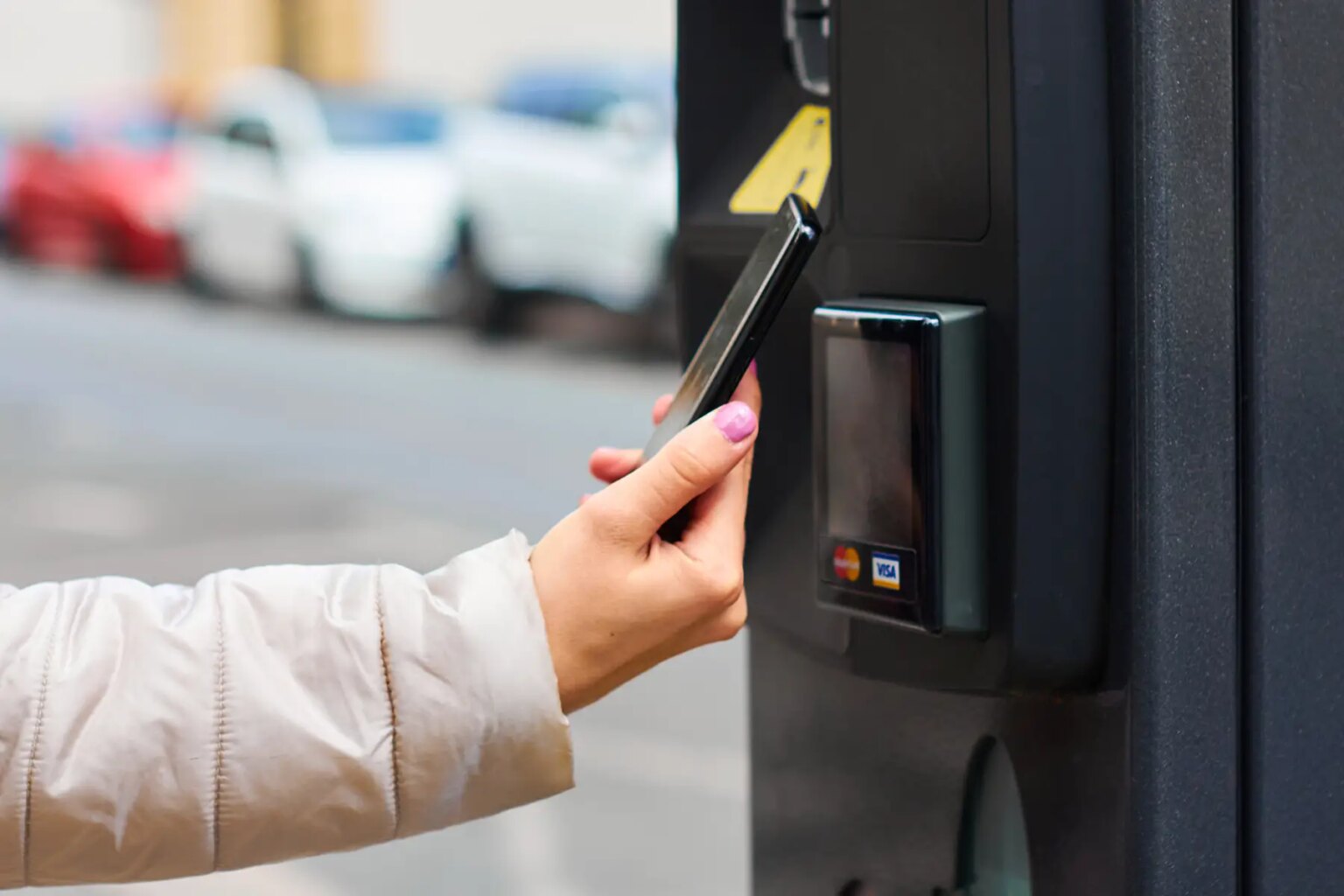Mobile banking and mobile payments in Europe have evolved a lot in the past few years, not only technologically but also culturally; there is a clear shift towards a cashless society. Some banks are exclusively available via mobile phone banking apps.
The rising trend in mobile banking and mobile payments in Europe
Companies have noticed that people spend a lot of time on their mobile phones and are taking advantage of the advances in technology. Recently, there has been a rapid increase in the number of apps available and the number of people using them. Predictions suggest that there will be around US$503 billion in mobile payments by 2020. In the United Kingdom, mobile phone banking is already the most popular way to bank; in the Netherlands, mobile payments and mobile banking have also grown extremely popular.
There are mobile payment apps on the market from many of the industry big players (e.g., Apple, Google, Samsung) as well as newer banks, who offer a fully-mobile banking experience. Several individual stores have also introduced their own apps. All of the major Dutch banks (i.e., ABN AMRO, ING, Rabobank) have recently updated their apps to include easy iDEAL checkouts at hundreds of thousands of shops throughout the country.
An alternative to cash and cards: mobile payments
Mobile payments are financial transactions conducted with a mobile phone or tablet. It is an alternative to cash, checks, credit cards, and debit cards. Mobile payments allow people to transfer money internationally, pay utility bills, buy items at a store, and even send money with a few simple taps.
There are various types of mobile payment systems on the market. Most of them involve mobile payment apps, which are often referred to as mobile wallets or digital wallets. These can be installed on your phone to allow you to make easy payments in shops or online. Such apps are usually:
- linked directly to your bank accounts, allowing your phone to operate as a credit or debit card;
- able to make contactless payments in stores using technology such as near-field communication (NFC); and
- able to make immediate payments to friends or family, using mobile phone numbers or e-mail addresses rather than bank account numbers.
The growth in mobile payments in Europe has gone hand-in-hand with the rise in mobile banking. Customers can now get banking apps on their phones, enabling them to do all of their banking from a mobile device.
The advantages of mobile banking and mobile payments in Europe
It’s quicker
Transactions are far faster, with just a tap on your smartphone rather than messing around with cash. Mobile phone banking means no queueing in branches and immediate access to your account. Even opening an account with a mobile bank such as Revolut can be done in minutes.
Less hassle
Everything can be done from one device. There is no need to visit a cash machine, visit a bank branch, search around for your wallet, or keep track of cash.

There’s also the added convenience of being able to use mobile or e-mail contacts rather than account numbers. There is also the benefit of being able to access services at any time, rather than only during normal work hours.
More choice
With so many payment and banking apps out there, customers have a wider selection of brands from which to choose. This means not just more products and services; it also provides smaller, independent providers the opportunity to make unique offerings for customers looking for an alternative to established names on the market.
Mobile phone banking security: safe and reliable
There are consumer fears over mobile banking security. However, banking through a mobile device is extremely safe and secure.
Smartphone payment systems often use biometric data, such as fingerprint identification. These methods are more secure than entering a PIN code or signing a receipt. Additionally, mobile payment systems are heavily encrypted so there is no compromise to security levels. In fact, using your smartphone to bank and make payments is actually the most secure way to manage your finances.




